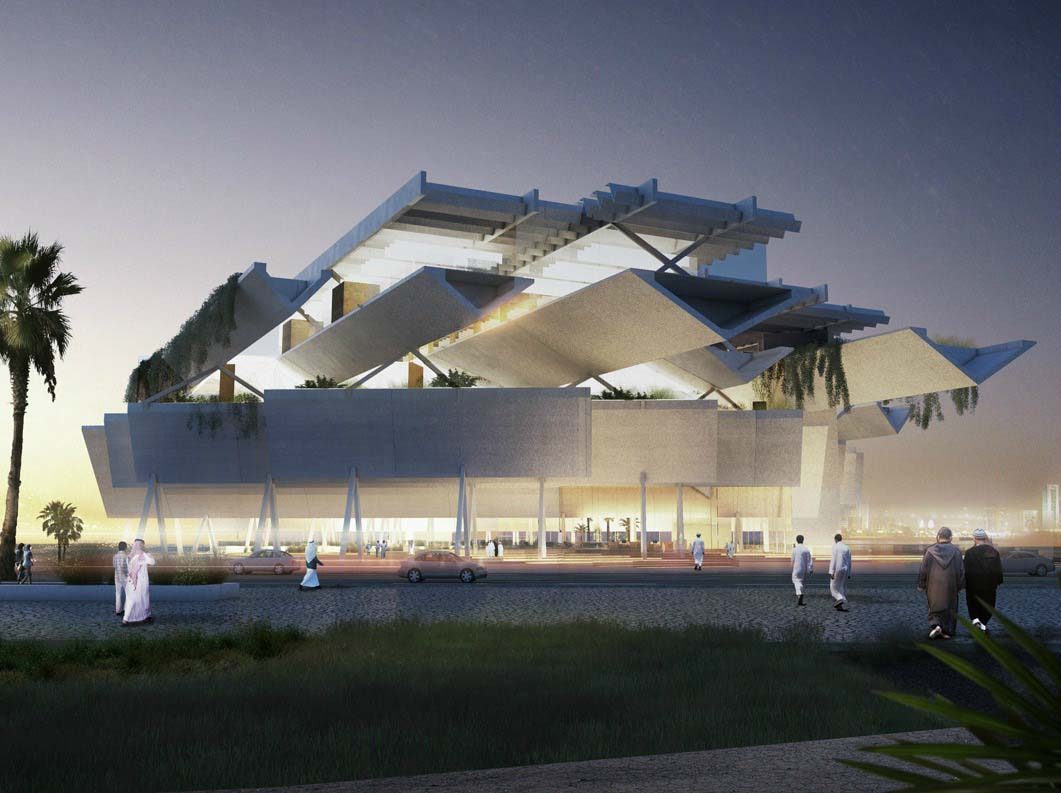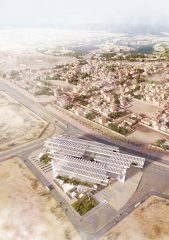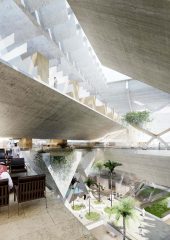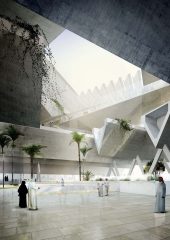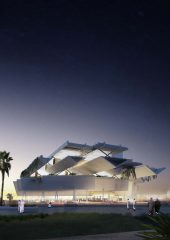
Over the past several months, Qatar’s government has been actively seeking to replace its lower criminal courthouse on C-Ring Road with a new, modern structure that would be located at the northern edge of Doha.
This week, the country’s Private Engineering Office (PEO) – a government agency that oversees high-profile development projects in Qatar – revealed the winners of a design competition in which several firms proposed courthouse plans, architects said.

Officials are currently eying a 26,000 square meter plot of land in Jelaiah, near Qatar University and the West Bay Lagoon, for the new facility. If the project moves ahead, it is believed it would replace the current structure in Al Sadd, near La Cigale Hotel.
Parts of that building are in need of refurbishment, and some of the courtrooms can become overcrowded with spectators standing in the aisles during busy days.
The competition was won by Faris and Faris Architects, a Jordanian firm with an office in Qatar that previously designed three local schools.
Speaking to Doha News, a manager at the firm said that winning the design competition did not guarantee that the company would be awarded a contract to construct the project, and the timeline for a new courthouse remained unclear.
However, Faris and Faris said in a statement that they were delighted with the outcome:
“We are very excited about this important win and we hope that we will grow fast, especially here in Qatar.”
The company declined to share designs or details about its proposal pending approval from the PEO.
Runner up
Spain and Kuwait-based AGi Architects placed second in the design competition with its proposal for a “floating” building.
One of the facility’s most prominent features is a ground-level public plaza that’s designed to make the building feel open and welcoming, rather than ominous and insular.
Constructing the five-story building atop the pedestrian area would also hold important symbolic value, AGi principal Nasser Abulhasan told Doha News:
“The law is ‘above’ us, and we as individuals are being protected by the justice of the country,” he said.
In a statement, the firm added:
“The floating structure acts as a literal and figurative canopy: it offers protection from the elements and a place where one can seek refuge from the greater population.”
On a more practical level, Abulhasan said the courthouse was designed to be particularly spacious outside courtrooms so that visitors – who may have a tense or adversarial relationship – don’t need to be in close proximity of one another.
The confines of the current courthouse has resulted in some uncomfortable encounters in the past. Alison Patterson, the mother of murdered teacher Lauren Patterson, said she was shaken last March when she happened to walk past the two men convicted in her daughter’s death while in the courthouse.
Although AGi didn’t win, Abulhasan said his team enjoyed working on the project and praised PEO for working to raise architectural standards in the country.
“What PEO is trying to do for the state of Qatar is quite unique. They are holding these international competitions, inviting very good architects … The country will definitely gain from all this specialist experience.”
Thoughts?

